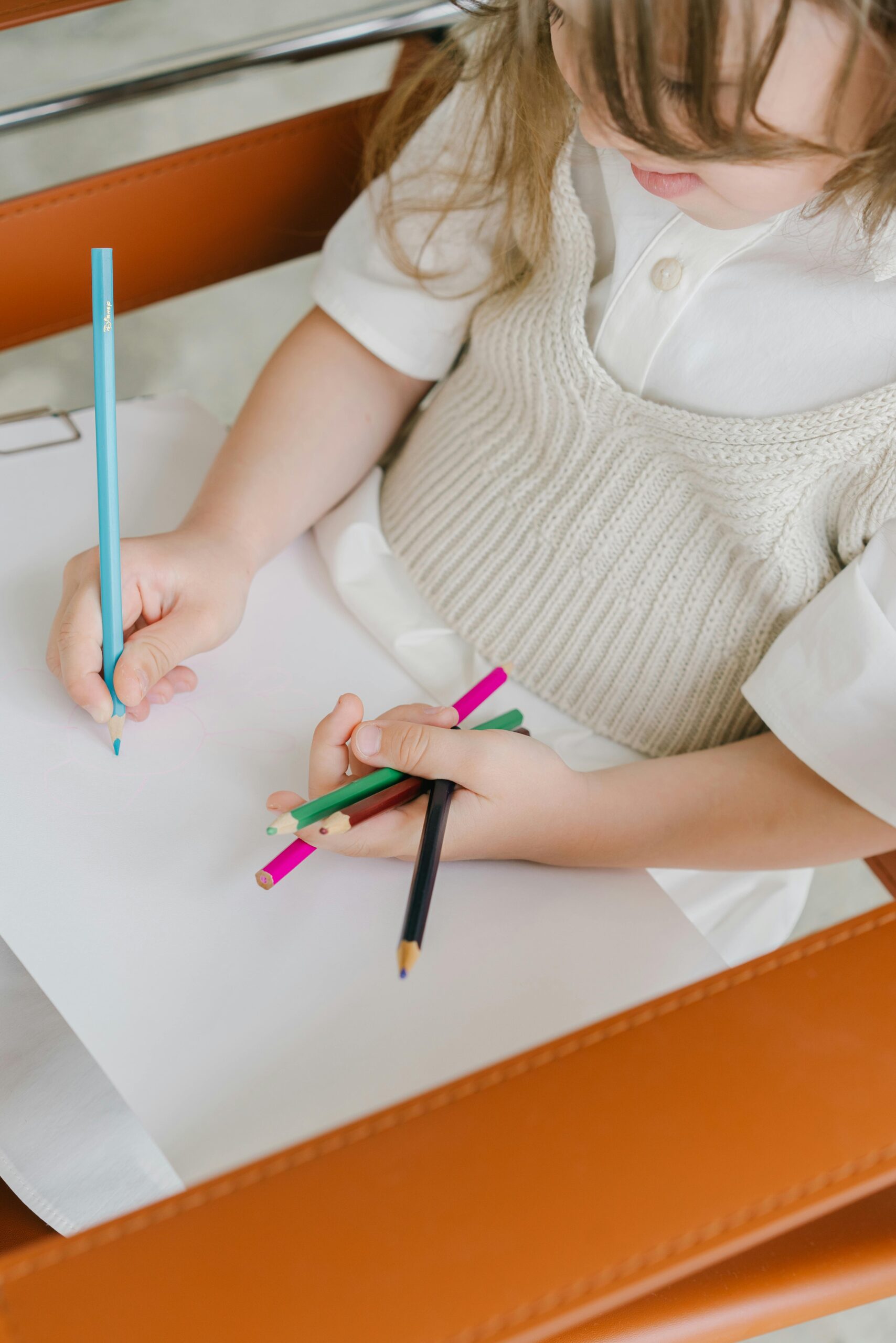The landscape of education is rapidly evolving, and at the forefront of this change is the integration of advanced technologies. While discussions often revolve around the potential disruption these technologies may bring, a growing consensus emerges: when used thoughtfully, these technologies can actually enhance learning, deepen understanding, and foster creativity. This article explores how these technologies are transforming student creativity and writing, and how educators are preparing students for a future where collaboration with technology is not just an advantage, but a necessity.
The Evolving Role of Technology in Education
For generations, educators have sought ways to inspire creativity and cultivate strong writing skills in students. Traditional methods remain valuable, but the emergence of new technologies offers a powerful suite of tools to augment those methods and unlock new possibilities. It’s important to move beyond the fear of technology replacing human ingenuity and instead embrace it as a partner in the learning process—a catalyst for deeper exploration and more refined expression.
AI as a Writing Partner: A New Era of Support
The perception of technology as a potential shortcut or a source of laziness is being challenged by practical experience in classrooms. Teachers are increasingly reporting that students who utilize technology for writing tasks are not becoming less diligent, but rather are developing stronger skills and demonstrating greater engagement. The key lies in how the technology is integrated into the curriculum and how students are guided in its use.
Benefits of AI-Assisted Writing
- Generating Ideas and Perspectives: Technology can spark new avenues of thought and provide students with a wider range of perspectives to consider.
- Experimenting with Writing Styles: Students can explore different tones, voices, and formats without fear of judgment, fostering a more playful approach to writing.
- Receiving Instant Feedback: The ability to receive immediate suggestions and critiques allows for quicker iterations and a more refined final product.
- Boosting Confidence: As students see their ideas take shape and receive positive feedback, their confidence in their writing abilities grows.
This isn’t about having the technology write *for* the student. Instead, it’s about providing a scaffold—a supportive structure that allows students to experiment, take risks, and refine their voice. The focus shifts from simply producing text to engaging in a more thoughtful and critical process.
Creative Inquiry and the McLuhan Perspective
Understanding how technology truly impacts human creativity requires a broader perspective. Drawing upon the theories of media theorist Marshall McLuhan, we can view technology not as a replacement for human ingenuity, but as an extension of it. McLuhan famously stated, “The medium is the message,” suggesting that the form of communication profoundly influences the content and our perception of it. In the context of education, this means that the technologies we use shape not only how students learn, but also *what* they learn.
Six Ways AI Partners in Creative Inquiry
- Idea Generation: Technology sparks new questions and provides fresh angles that students may not have considered independently.
- Pattern Recognition: Technology aids in identifying connections and themes within a body of work, allowing for a deeper understanding of the material.
- Rapid Prototyping: Students can quickly draft and iterate on creative projects, allowing for greater experimentation and refinement.
- Personalization: Technology tailors prompts and feedback to individual learning styles, catering to diverse needs and preferences.
- Collaboration: Technology enables students to co-create with peers and the technology itself, fostering a collaborative learning environment.
- Reflection: Technology prompts students to reflect on their creative process and track their growth, encouraging metacognition and self-assessment.
This collaborative approach to creative inquiry fosters a more playful, experimental, and reflective learning experience. Students are encouraged to embrace challenges, learn from mistakes, and push the boundaries of their creative potential.
Preparing Creative Thinkers for the Future Workforce
The future of work demands more than just technical proficiency; it requires individuals who are creative, adaptable, and capable of collaborating effectively with technology. The ability to think critically, solve complex problems, and innovate will be paramount in a rapidly changing world. Educational institutions have a responsibility to cultivate these skills in the next generation.
Cultivating Essential Skills
- Encouraging Interdisciplinary Thinking: Breaking down traditional subject boundaries and encouraging students to connect ideas across different fields.
- Supporting Problem-Solving and Innovation: Providing opportunities for students to tackle real-world challenges and develop innovative solutions.
- Teaching Students to Ask Better Questions: Cultivating a culture of inquiry and encouraging students to challenge assumptions and seek deeper understanding.
- Evaluating Information Critically: Equipping students with the skills to assess the credibility and validity of information from diverse sources.
By strategically integrating technology into education, schools are not only preparing students to use technology effectively but also empowering them to shape its future. They’re fostering a generation of individuals who are not just consumers of technology but creators and innovators.
Accelerating the Creative Process: A Shift in Efficiency
One of the most striking impacts of technology in education is the acceleration of the creative process. Tasks that once consumed significant time and effort for junior teams can now be accomplished in a fraction of the time by a single student with technology support. This dramatic increase in efficiency allows students to dedicate more time to higher-order thinking, refinement, and original expression.
Reclaiming Time for Innovation
Consider the example provided by The Drum: what previously required a junior team a week can now be achieved by a student in a day. This isn’t about doing less work; it’s about focusing on the aspects of the creative process that truly require human ingenuity and critical thinking. This shift in efficiency levels the playing field, giving all students the opportunity to explore their creative potential and develop their unique voices.
Conclusion: Embracing Technology as a Partner in Learning
The integration of technology into education is not a threat to learning; it is a powerful tool that can transform the way students learn, create, and prepare for the future. By embracing technology as a partner in creative inquiry, educators can foster the next generation of thinkers, makers, and innovators. It’s not about replacing traditional methods, but about augmenting them with tools that can unlock new possibilities and empower students to reach their full potential. The future of education lies in embracing change, fostering collaboration, and preparing students not just to navigate a rapidly changing world, but to shape it.








Leave a Reply
You must be logged in to post a comment.